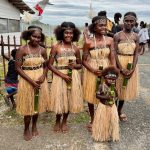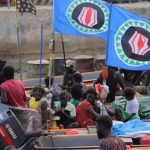The Chilgol Revolutionary Site commemorates Kang Pan Sok, mother of Kim Il Sung. It is one of the lesser-visited landmarks in Pyongyang. This blog will guide you through the background and history of the Chilgol Revolutionary Site.

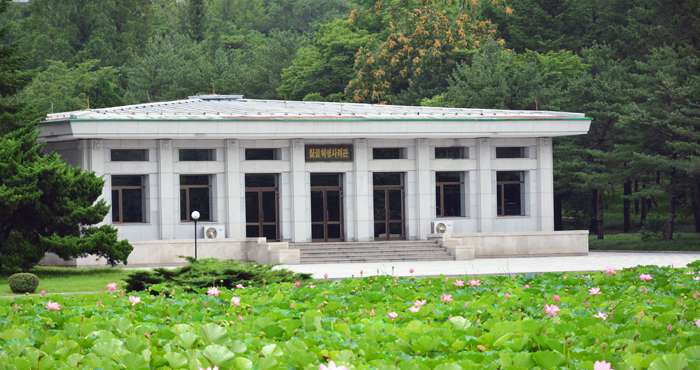
Table of Contents
What is Chilgol?
Chilgol is the name of an area in North Korea, first established during the Choson dynasty period. The name means “the seventh valley”, as it lies in the seventh valley of Ryongak Mountain.
Location of Chilgol Revolutionary Site
Chilgol Revolutionary Site is located at Chilgol-dong No.1 in Mangyongdae District, in the north-west of Pyongyang. It is close to Kwangbok Department Store and Supermarket on Kwangbok Street, where foreign visitors can shop and exchange currency. The Hyangmanru Restaurant, known for its Chinese cuisine, is also nearby.
Chilgol Revolutionary Site
Chilgol was once an ordinary village in South Pyongan Province. Its fate changed because it was the birthplace of Kang Pan Sok, the mother of Kim Il Sung, the founder of the DPRK.
Today, the Chilgol Revolutionary Site marks the place where Kang Pan Sok was born and where Kim Il Sung spent his early childhood with his mother. It was here that he studied at a private school and grew up.
Visitors can still see the thatched house where Kang Pan Sok lived, along with household items she once used. The grounds also include the old site of Changdok School, where Kim Il Sung studied between the ages of 12 and 14, with his original school desk preserved. There are also childhood relics, places where he played military games, read books, took oaths, wrestled, and the modern Chilgol Revolutionary Museum.
Another place in the Chilgol Revolutionar, Menagol, is remembered as the place where young Kim Il Sung used playful soldier games to challenge his friends’ feudal superstitions.
Statues of both Kang Pan Sok and young Kim Il Sung stand here. Kang Pan Sok is shown in traditional Korean dress, wearing a cotton scarf and holding a copy of the New Testament. It may seem unusual that the mother of the nation’s atheist leader is depicted with a Bible, but this reflects historical accuracy within the DPRK’s official narrative. Kim Il Sung’s parents were Christians, and Kang Pan Sok’s father was a pastor. She herself served as a deaconess. Next to the site stands Chilgol Church, one of the very few state-approved churches in North Korea.
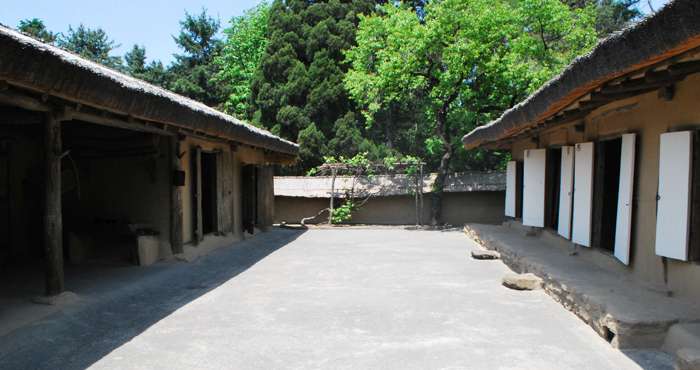
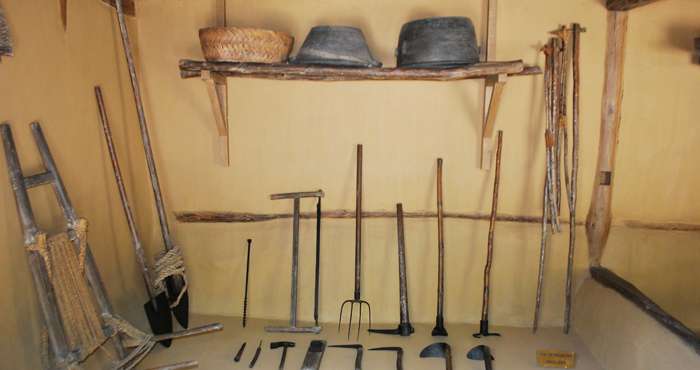
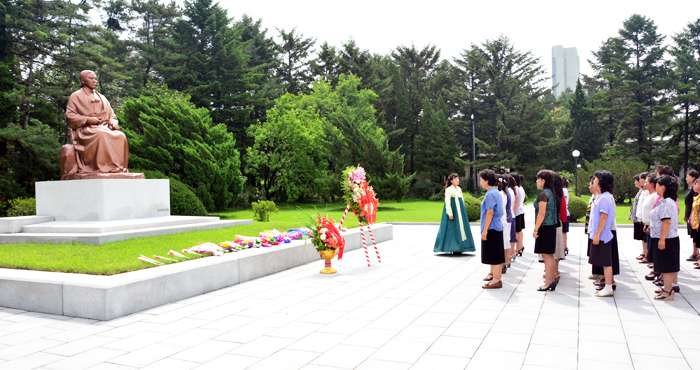
History of Chilgol Revolutionary Site
The Chilgol Revolutionary Site is best known as the birthplace of Kang Pan Sok, the mother of Kim Il Sung. Yet the stories told here are not only about her. Much of the site is dedicated to shaping the story of Kim Il Sung’s early life and the revolutionary spirit that, according to state narratives, began to take form in this quiet village.
As a boy of twelve, Kim Il Sung entered Changdok School in Chilgol. His father, Kim Hyong Jik, once taught him, “A man born in Korea must have a good knowledge of his homeland.” Inspired by this teaching, the young Kim set out on what is remembered as the “Thousand-ri Journey of Learning”. (A “ri” is a traditional Korean measure of distance, about four hundred metres.) His journey took him from Changbai County in China all the way back to Pyongyang. On his return, he continued his studies at Changdok, and it was here, according to the official narrative, that he resolved to dedicate his life to freeing Korea from Japanese occupation.
Two years later, at the age of fourteen, he left the school behind. From Pyongyang he began another long march, known as the “Thousand-ri Journey for National Liberation”, heading back to northeast China to join the armed anti-Japanese struggle. At the Chilgol Revolutionary site today stands a statue of Kim Il Sung as a determined teenager, captured at the moment he began this independent path.
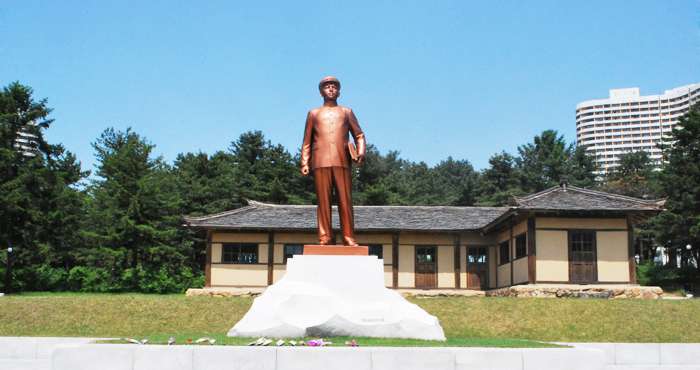


Another story centres on Kang Pan Sok herself. In the summer of 1932, before setting out for South Manchuria, Kim Il Sung returned home to visit his mother. The sight that greeted him was heartbreaking: a house falling into disrepair, the roof left untended, the rooms bare and neglected. Kang, already gravely ill, tried to hide her condition by changing the subject, but her son recognised the truth. Overcome with emotion, he wept. Just before he left, his mother pressed twenty won into his hand.
When she saw him hesitate at the doorway, unable to part, Kang gathered her strength. With tears in her eyes, she told him: “The Japanese have plundered our country for twenty-two years. As a Korean, you must take a brave step. If your attachment to me makes you turn back, then do not come through this door again, for I will cut our ties as mother and son.” This story, retold many times in the DPRK, is used to teach that loyalty to the nation must come before filial devotion.


Conclusion
Among the many revolutionary sites in North Korea, the Chilgol Revolutionary Site is one that few foreign visitors ever see. Yet its unique background and history make it well worth a visit. Here, travellers can learn the official DPRK narrative about Kim Il Sung’s mother, Kang Pan Sok, while also gaining a rare glimpse of Christianity in a country where religion is usually hidden from view.
Click to read YPT’s North Korea tour page to read more.



